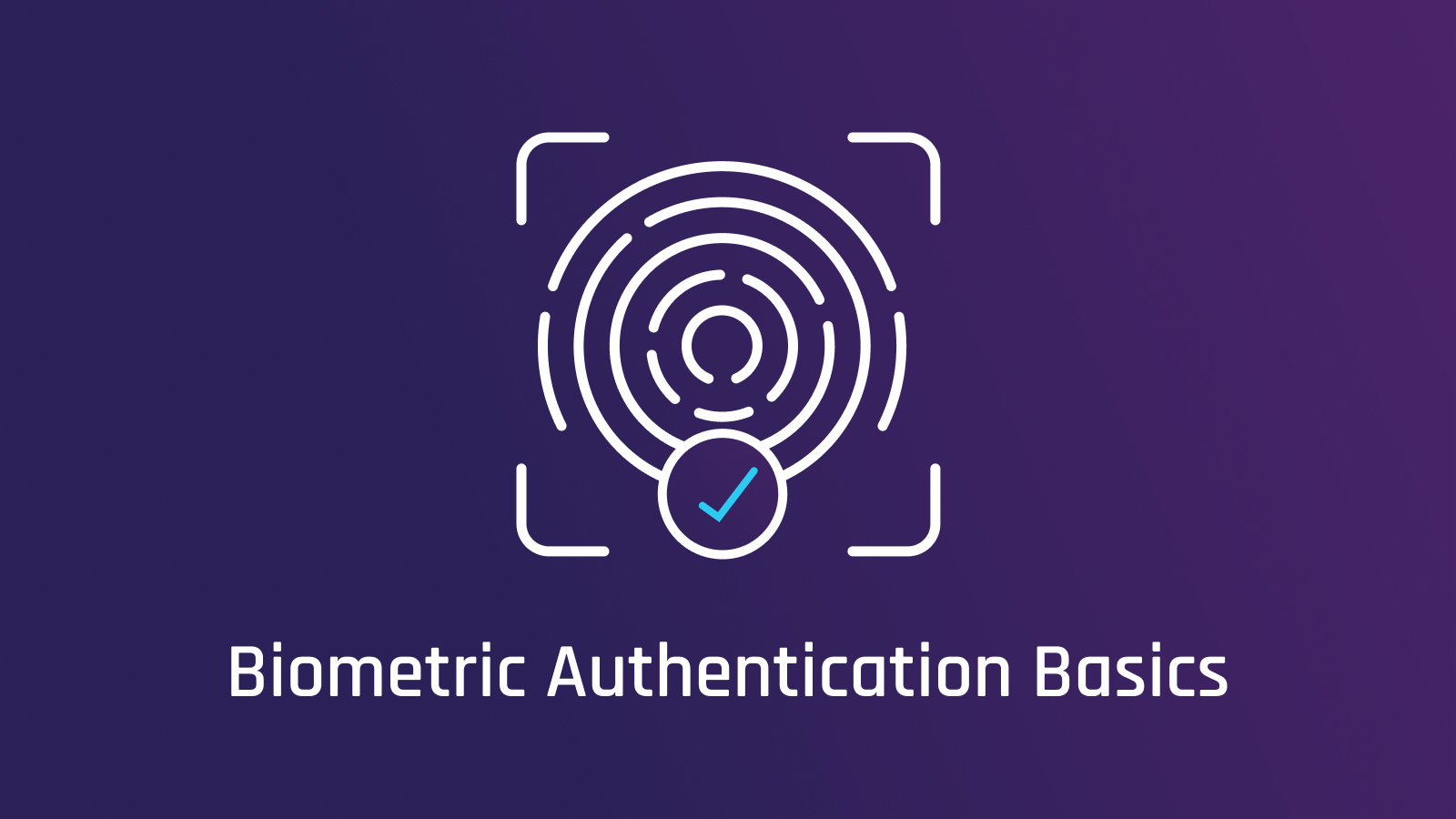Introduction
In today’s digital landscape, where sensitive information and personal data are constantly being transmitted and stored online, the need for robust and user-friendly authentication methods has never been greater. Traditional methods like passwords and PINs are vulnerable to various security threats such as hacking, phishing, and brute-force attacks. To address these challenges, biometric authentication has emerged as a powerful solution that combines advanced technology with human physiology. This article delves into the world of biometric authentication, exploring its mechanisms, benefits, challenges, and future prospects.
Understanding Biometric Authentication
Biometric authentication is a technology that utilizes unique physical or behavioral traits of an individual to verify their identity. Unlike passwords or PINs, which are easily forgotten or stolen, biometric characteristics are inherently linked to the person and cannot be easily replicated. The underlying principle is to measure and analyze these distinctive features, convert them into digital templates, and match them against pre-registered templates to grant access.
Types of Biometric Authentication
- Fingerprint Recognition: Fingerprint biometrics is one of the oldest and most widely used methods. Every person has a unique pattern of ridges and valleys on their fingertips, making it a reliable identifier. Automated fingerprint recognition systems capture these patterns using optical or capacitive sensors and compare them against a database for authentication.
- Facial Recognition: Facial recognition analyzes the unique features of an individual’s face, such as the distance between eyes, nose shape, and facial contours. With the advent of deep learning algorithms, facial recognition has become highly accurate and is used in applications ranging from unlocking smartphones to airport security.
- Iris and Retina Scans: The intricate patterns of the iris or retina are nearly impossible to duplicate, making iris and retina scans highly secure biometric methods. Iris recognition uses camera technology to capture the unique patterns of the iris, while retina scans focus on the blood vessel patterns at the back of the eye.
- Voice Recognition: Voice biometrics analyze the unique vocal characteristics of a person, including pitch, tone, and speech patterns. Advanced algorithms can distinguish between genuine speech and recorded audio, making it a viable option for phone-based authentication.
- Palm Print Recognition: Similar to fingerprint recognition, palm print authentication captures the unique patterns on an individual’s palm. It offers a larger area for analysis, allowing for more points of comparison.
- Behavioral Biometrics: This category includes traits like keystroke dynamics (typing rhythm), gait analysis, and signature recognition. Behavioral biometrics add an extra layer of security by analyzing how a person interacts with devices over time.
Benefits of Biometric Authentication
- Enhanced Security: Biometric traits are difficult to forge, making them a potent deterrent against identity theft and unauthorized access. Unlike passwords, which can be shared or forgotten, biometric data is intrinsic to the individual.
- Convenience: Biometric authentication eliminates the need to remember complex passwords or carry physical tokens. Users can authenticate themselves effortlessly with a simple gesture or action.
- Accuracy and Reliability: Biometric systems provide a high level of accuracy, reducing false positives and false negatives. This reliability is crucial in critical applications like law enforcement and border control.
- User-Friendly: Biometric authentication is intuitive and user-friendly, requiring minimal effort from the individual. This is particularly beneficial for elderly users or those with limited technological proficiency.
- Multi-Factor Authentication (MFA): Biometrics can be seamlessly integrated into multi-factor authentication strategies, combining something the user knows (password), something the user has (smartphone), and something the user is (biometric trait).
Challenges and Concerns
- Privacy and Data Security: Storing biometric data raises concerns about privacy and data breaches. Unlike passwords, biometric traits cannot be changed, meaning that compromised data could have long-lasting consequences.
- Vulnerability to Spoofing: While biometric traits are unique, some methods can be vulnerable to spoofing. For instance, facial recognition systems can be fooled by high-quality photos or masks that resemble the user’s face.
- Cross-Platform Compatibility: Standardization of biometric templates and technologies is essential to ensure interoperability across various devices and platforms.
- Ethical Considerations: The collection and storage of biometric data raise ethical questions about consent, surveillance, and potential misuse.
- Environmental Factors: Environmental conditions like lighting, noise, or injuries can affect the accuracy of biometric authentication.
Future Trends and Innovations
- Continuous Authentication: Future systems may incorporate continuous authentication, where biometric data is continually monitored during a session to detect any anomalies or unauthorized users.
- Biometric Fusion: Combining multiple biometric traits, such as fingerprint and facial recognition, can enhance accuracy and security.
- Post-Quantum Biometrics: As quantum computing advances, traditional encryption methods could be compromised. Post-quantum biometrics aims to develop authentication techniques that remain secure even in a post-quantum computing era.
- Blockchain Integration: Blockchain technology could be utilized to securely store and manage biometric data, giving users more control over their personal information.
- Neurotechnology: Advancements in neurotechnology could enable brainwave-based authentication, adding a new dimension to biometric authentication.
Conclusion
Biometric authentication has evolved into a powerful tool for securing digital interactions while simplifying user experiences. Its ability to provide strong security, coupled with convenience and user-friendliness, makes it a valuable asset in our increasingly connected world. As technology continues to advance, addressing challenges related to privacy, security, and standardization will be critical to fully unlock the potential of biometric authentication and ensure a safer digital future.







